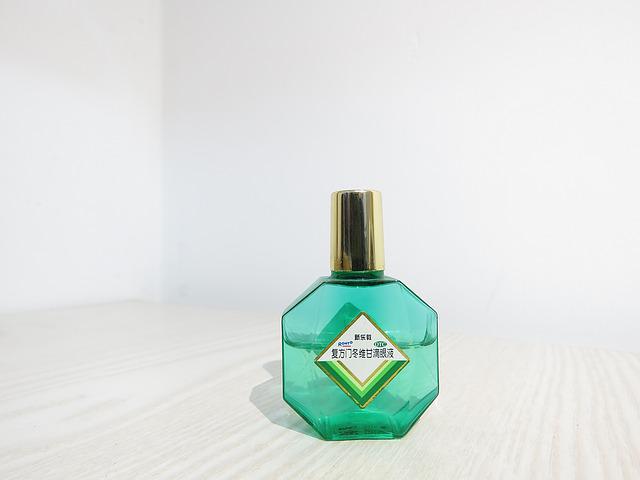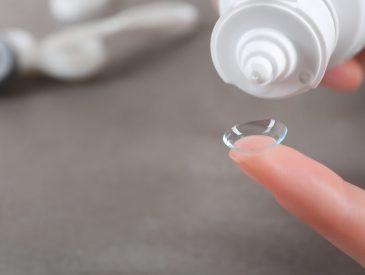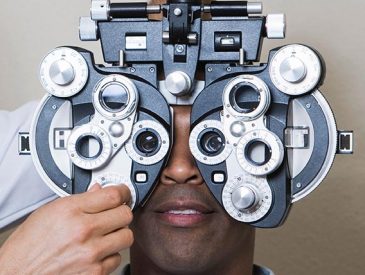From glaucoma and eye infections to allergies and dry eyes, eye drops are used to treat a wide range of conditions. Eye drops are frequently necessary to protect your eyes and preserve your vision.
You must use eye drops correctly to get the most benefit from them. There are proper and improper ways to apply eye drops to your eyes, regardless of whether you require one drop daily or 10. So, how to put eye drops in the proper step-by-step way?
Table of Contents
Different Types Of Eye Drops
There are three common types of eye drops:
- Red eye drops
- Tetrahydrozoline is a medication that is used in some of these eye drops, including Visine, to shrink the size of the blood vessels in the eyes and lessen redness. Although they are safe for occasional use, Bert claims that using them for more than 2-4 days in a row can actually make your eyes redder.
- Artificial tears
- Eye drops of this kind are most frequently artificial tears. Their purpose is to lubricate the eye. Although the active ingredients in various brands vary, Bert claims that artificial tears are generally secure and easily accessible over-the-counter. Some are made specifically to be used with contacts, and they are marked as such with the word “contacts” prominently printed on the front of the bottle.
- Eye drops that contain both an antibiotic and an antibacterial agent
- Conjunctivitis and other infections are treated with these prescription eye drops. Usually, a prescription is necessary.
How Do You Put Eye Drops In Step-by-step Instructions?
You can help yourself to eye drops by following these instructions. These guidelines can assist you in giving drops to someone else if you’re a parent or caregiver. Ask a family member or friend to assist you if you need help putting drops in your own eyes.
Preparation
Gather your supplies, including the eye drop bottle and a tissue or other cloth to wipe away any extra drops.
Use soap and water to clean your hands, then a clean towel or paper towel to dry them. You can use hand sanitizer in their place if soap and water aren’t available.
- Shake the bottle gently if instructed to do so on the label, by your doctor, or by your pharmacist.
- The bottle’s cap should be removed, and it should be set on its side on a spotless surface.
- To ensure cleanliness, inspect the dropper tip. Replace the bottle of drops with a new one if it is dirty.
Put In The Drops
Lean back or lay on your back with your head tilted back. To create a pouch or pocket where the eye drop will go, pull your lower eyelid downward with your finger.
- Dropper tip facing downward, hold the bottle over your eye. The dropper tip should be as near to your eye as possible without actually touching it. By resting your wrist against your forehead, you can support the hand that is holding the bottle.
- Close your eye and gently press the inside corner of your eye with one finger. This prevents the medication from entering your mouth or throat or draining into your nasal passages.
- Wipe away any extra liquid from the area around your eyes using a tissue or another cloth.
- Squeeze the bottle until only one drop falls into the pouch your lower eyelid created. Look up.
- Spend two to three minutes with your eyes gently closed and your face tipped downward. Avoid blinking, moving your eye, or tightly closing your eyelids.
Finish Up
Wait at least five to ten minutes after administering the first drop before administering the second if necessary.
Replacing the bottle’s cap is necessary. Never touch or attempt to clean the dropper tip.
If any medication got on your hands, wash them to get it off.
As directed by your doctor or pharmacist, or as directed on the label, store the bottle.
Prevent Infections When You Use Eye Drops
To prevent infections of your eyes, abide by these recommendations:

Before using eye drops, wash your hands thoroughly with soap and water.
Avoid touching the eye drop bottle’s tip with your hands.
Avoid letting the eye drop bottle’s tip come in contact with your eye or eyelid.
Ask your eye doctor about any special instruments that can help you if you have trouble inserting eye drops. See more about What Not To Do After Eye Dilation?
When You’re Too Anxious To Insert Eye Drops
Children and those with strong allergic reactions to things near their eyes may have trouble keeping their eyes open. In that case, try the following strategy instead:
- Lay down on a bed or couch, or just tilt your head back as far as it feels comfortable.
- Do not open your eyes.
- Use your thumb and first two fingers to hold the eye drop bottle.
- To keep your hand stable, place the other two fingers on your nose.
- Put an eye drop in your nose-to-eye corner without touching the bottle to your eyelid.
- Open your eyes and blink several times until the drop rolls into your eye while keeping your head tilted back.
When You’re Still Having Trouble
If possible, enlist the aid of a relative, neighbor, or friend to assist you in inserting the drops using the alternative technique mentioned above.
Discuss eye drop assistance devices with your doctor. You can use these tools to aim your drop, squeeze your bottle, and keep your eyes open.
I Wear Contacts, But Can I Use Dry Eye Drops?
To enhance comfort and avoid vision blur, contact lens wearers can use eye drops, but take care: while our eye drops are compatible with contact lenses, not all eye drops are compatible with contact lenses. Utilize eye drops only if the bottle clearly states that they are compatible with contact lenses. If you wear contacts, never use eye drops that are not specifically designed for use with contact lenses. If you’re uncertain, speak with your ophthalmologist or optometrist. Drops will calm and moisturize your eyes, enabling you to wear your lenses for longer periods of time without experiencing any issues. Eye drops can also aid in clearing away any dust or debris that may be causing your vision to blur or become distorted during the day if you feel that your eyes are itchy.
What To Do If You Need To Use More Than One Eye Drop
You might occasionally be given a prescription for several different kinds of medicated eye drops. The problem: If you apply the drops in succession too quickly, they might drip out of your eye and not be properly absorbed, which would lessen their therapeutic effect.
Wait at least five minutes before applying another eye drop to the same eye. This will give the first drop more time to absorb completely and give the second drop on the eye more room.
Many doctors advise starting with the prescription (medicinal) eye drop first and saving over-the-counter products, such as artificial tears, for later if you use both medicated and lubricating eye drops on the same eye.
Conclusion
So, how to put eye drops in the proper step-by-step way? Once you practice using eye drops a few times, or artificial tears as they are also known, it becomes quick and simple. To ensure that your eye drops are applied correctly and to avoid wasting any, our head optometrist advises that you follow these easy steps.





